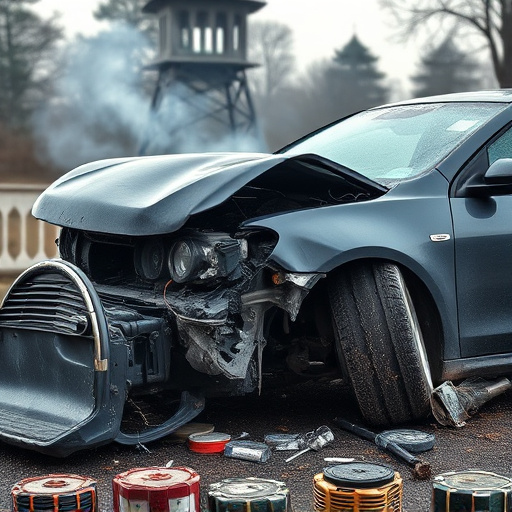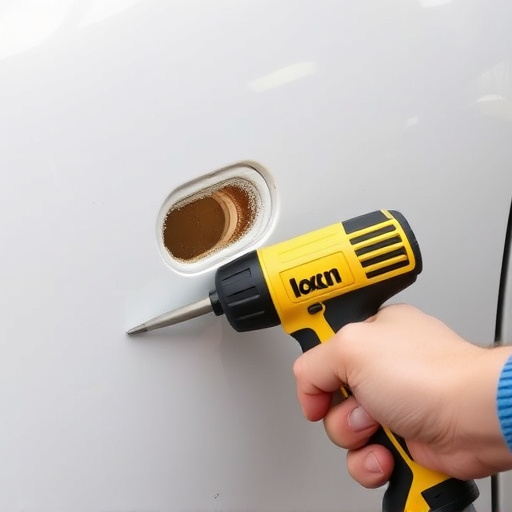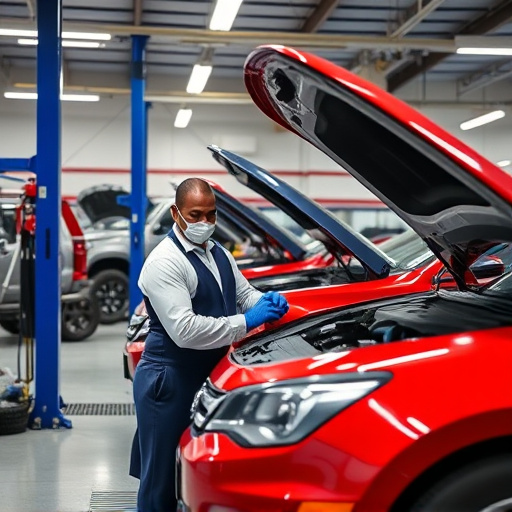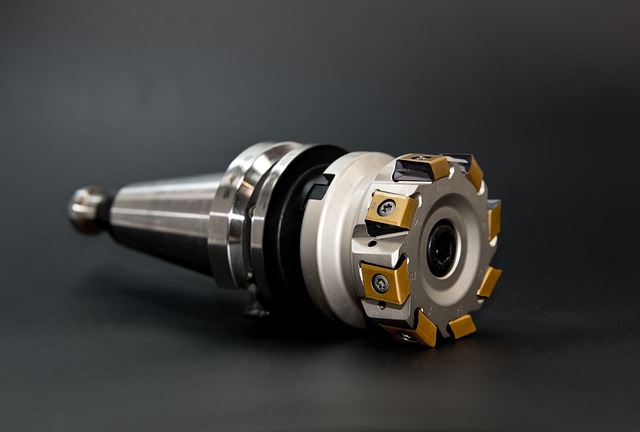Customer repair education requires adapting teaching methods to diverse learning needs. Offering both comprehensive and simplified guides addresses varied interests from in-depth collision repair to basic dent removal. Overcoming barriers through marketing and beginner-friendly programs encourages participation. Incorporating case studies, hands-on experience, and partnerships enhances learning, bridging classroom instruction with real-world applications.
In today’s competitive market, delivering effective customer repair education is paramount for businesses aiming to enhance client satisfaction and foster loyalty. This article delves into the intricate challenges that accompany this process, exploring key areas such as understanding diverse customer needs, overcoming access and engagement barriers, and ensuring practical skills transfer. By addressing these issues, organizations can revolutionize their approach to customer repair education, leading to improved outcomes for both customers and businesses alike.
- Understanding Unique Customer Needs for Effective Education
- Overcoming Barriers to Access and Engagement in Repair Training
- Ensuring Practical Skills Transfer for Real-World Problem Solving
Understanding Unique Customer Needs for Effective Education
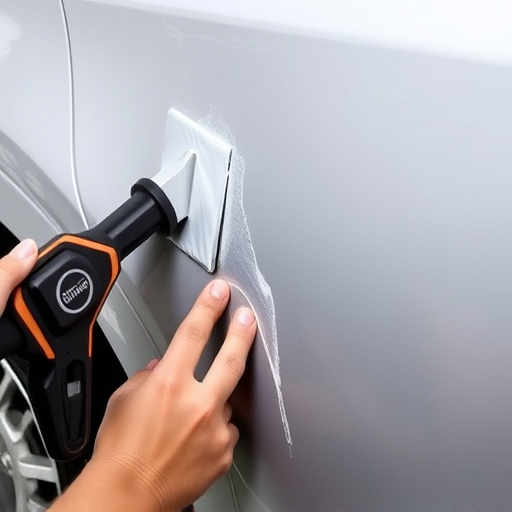
In the realm of customer repair education, understanding unique individual needs is paramount to delivering effective training. Every customer, whether they own a classic car or a modern SUV, brings with them distinct expectations and prior knowledge levels regarding auto body shop services. For instance, some may be keen enthusiasts who want to learn about the intricate processes involved in automotive collision repair, while others might just seek efficient car dent removal solutions without delving into technical details. Tailoring educational approaches to cater to these diverse needs is essential.
The challenge lies in interpreting and addressing these varying requirements efficiently. Auto body shop educators must adapt their teaching methods to suit different learning styles and backgrounds. This could mean offering comprehensive tutorials for those eager to grasp every aspect, from the science behind material restoration to the latest techniques in paintless dent repair. Conversely, simplified, step-by-step guides can empower customers who primarily want practical, hands-on knowledge for basic repairs like removing minor dents or scratches from their vehicles, such as a car dent removal process.
Overcoming Barriers to Access and Engagement in Repair Training

Many customers face barriers when it comes to accessing and engaging in repair training. One significant challenge is the lack of awareness about the importance of proper maintenance and repair techniques. Many individuals are unaware of basic car care practices, which hinders their ability to actively participate in educational programs aimed at improving their skills. This knowledge gap can be addressed through targeted marketing campaigns that highlight the benefits of customer repair education. By demystifying complex automotive concepts and demonstrating the practical applications of repair techniques, such as frame straightening and collision repair, we can encourage more people to take an active interest.
Another hurdle is the perceived complexity of automotive body work. Some customers may feel intimidated by the technical nature of repair processes, especially when it comes to modern vehicles with advanced electronic systems. To overcome this, educational programs should adopt a beginner-friendly approach, focusing on fundamental skills and providing step-by-step guidance. Breaking down intricate tasks into manageable components, such as teaching frame straightening techniques gradually, can make the learning process less daunting. Additionally, offering hands-on training sessions allows learners to gain practical experience in a controlled environment, fostering confidence and skill development in areas like collision repair.
Ensuring Practical Skills Transfer for Real-World Problem Solving
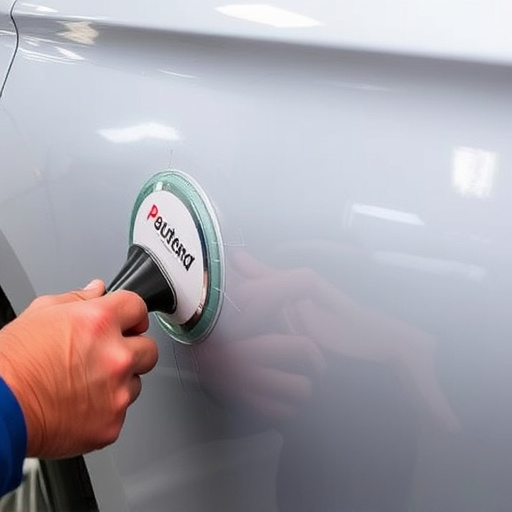
Effective customer repair education requires a strategic approach to ensure that theoretical knowledge translates into practical skills for real-world problem-solving. The challenge lies in bridging the gap between classroom instruction and hands-on experience, especially in complex areas like car collision repair and car body repair. Educational institutions and training centers must provide ample opportunities for students to work on authentic projects or simulations that mirror actual service scenarios.
One effective strategy is to incorporate case studies based on common automotive issues, such as dent removal, into the curriculum. By allowing students to diagnose problems, propose solutions, and execute repairs under guided supervision, they develop a deeper understanding of technical concepts and gain confidence in their abilities. Additionally, partnerships with local garages or repair shops can offer students real-world exposure and provide a platform for continuous learning through ongoing interactions with experienced professionals.
In addressing the challenges of delivering effective customer repair education, understanding individual needs, overcoming access barriers, and focusing on practical skill transfer are key. By tailoring educational approaches to diverse learning styles and utilizing engaging, accessible platforms, we can enhance participation. Ultimately, these strategies empower customers with the confidence and knowledge to tackle real-world repairs, fostering a more sustainable and self-reliant approach to product maintenance.



